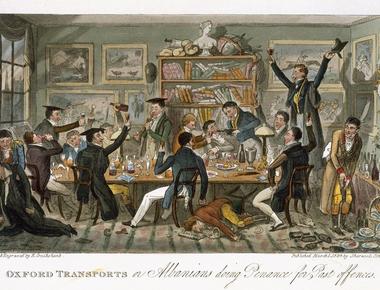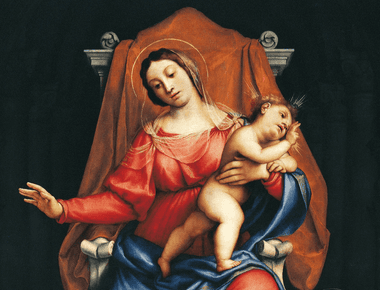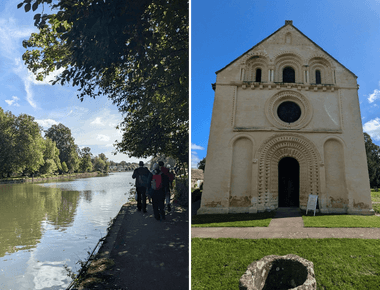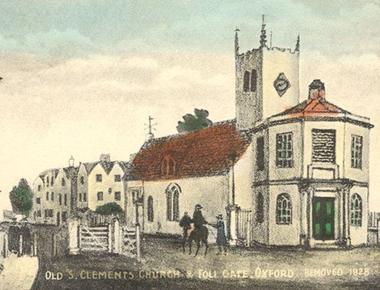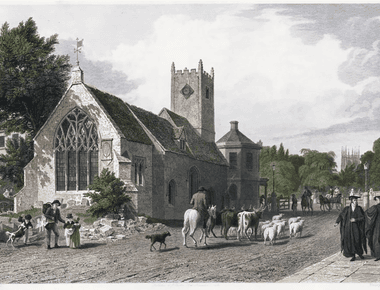
The intersection of Catholicism and education raised important, yet controversial, questions and prompted many discussions in the nineteenth century. Increased freedoms for Catholics in England opened many educational, financial, and societal opportunities. They could attend prestigious universities and finish degrees without professing Protestant oaths or having religious examinations.


